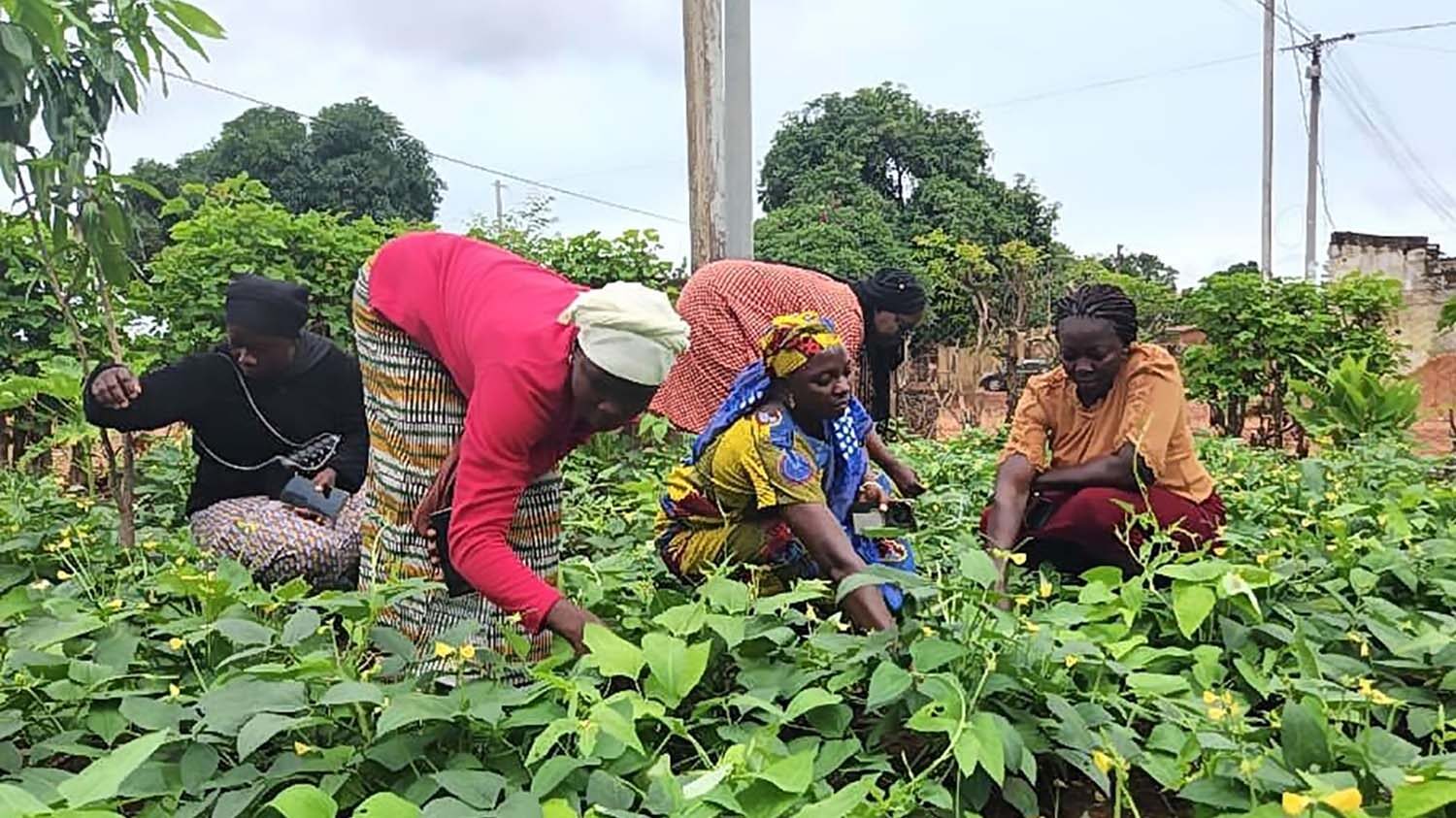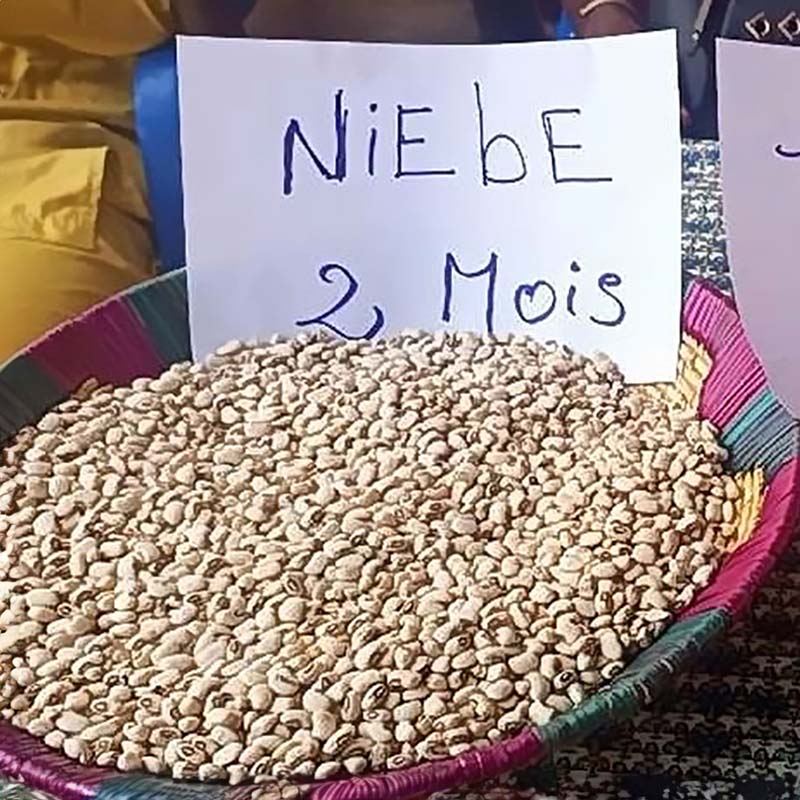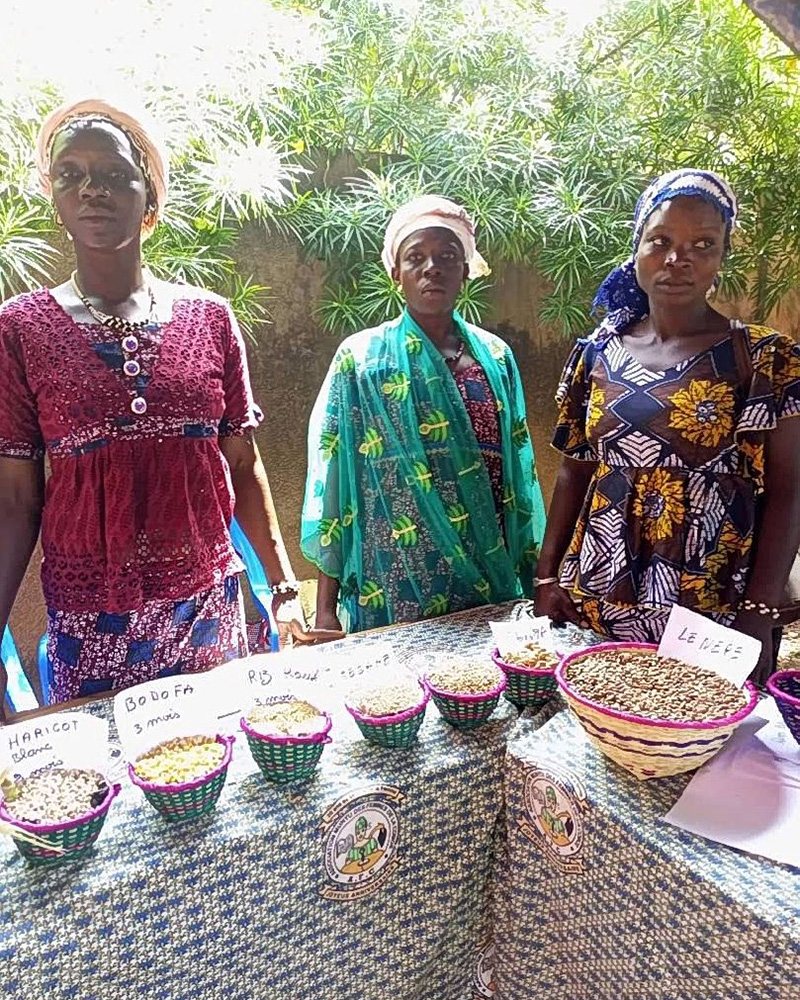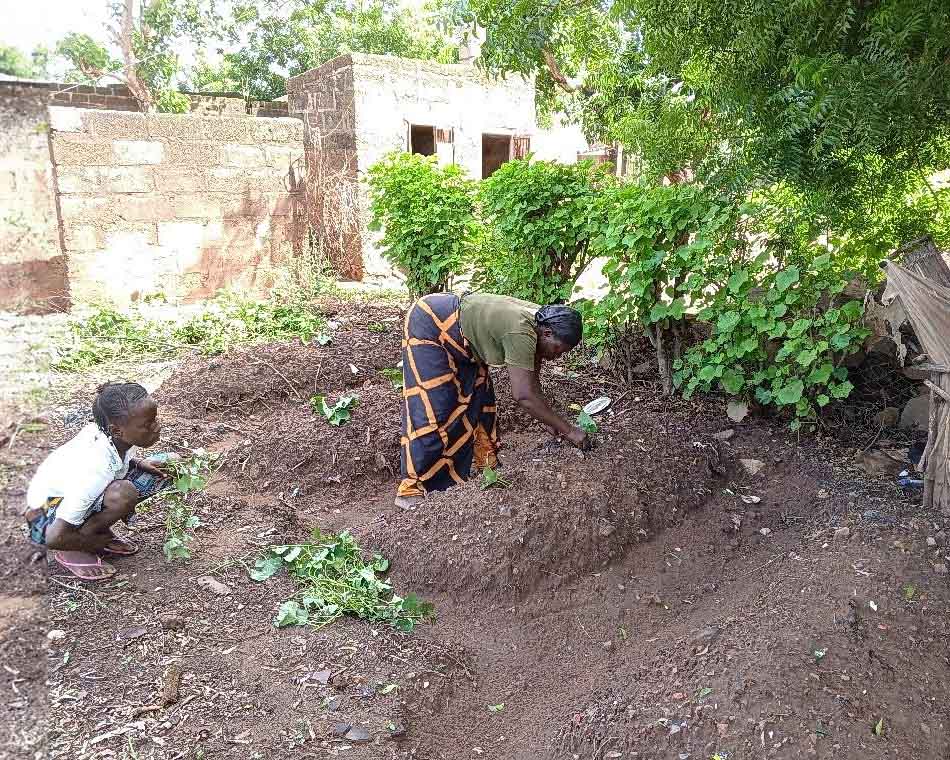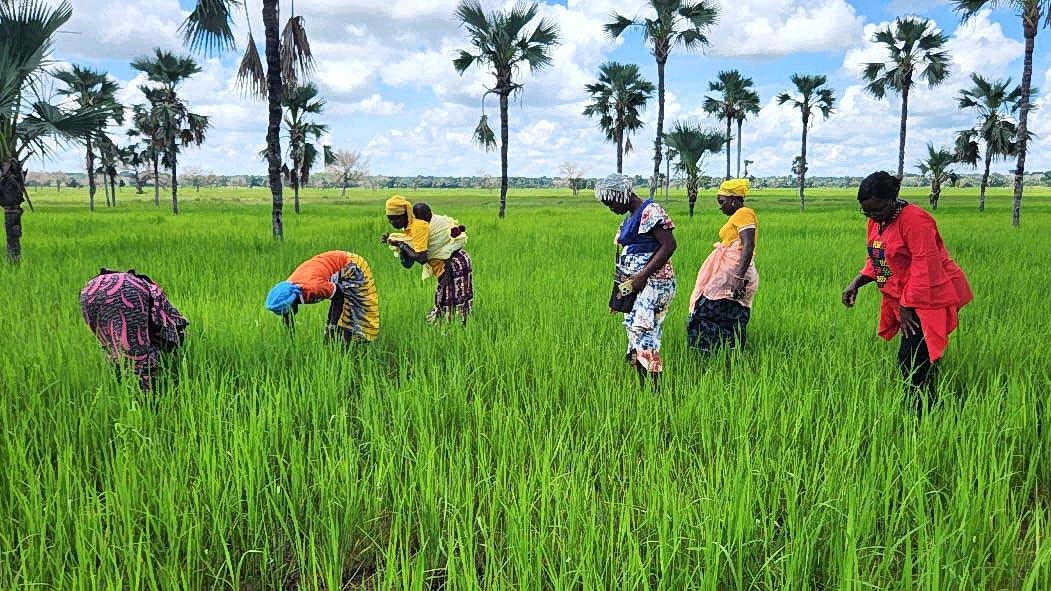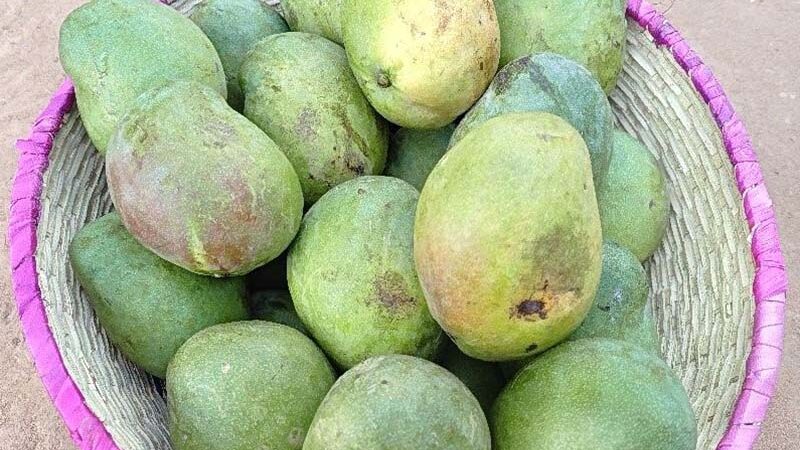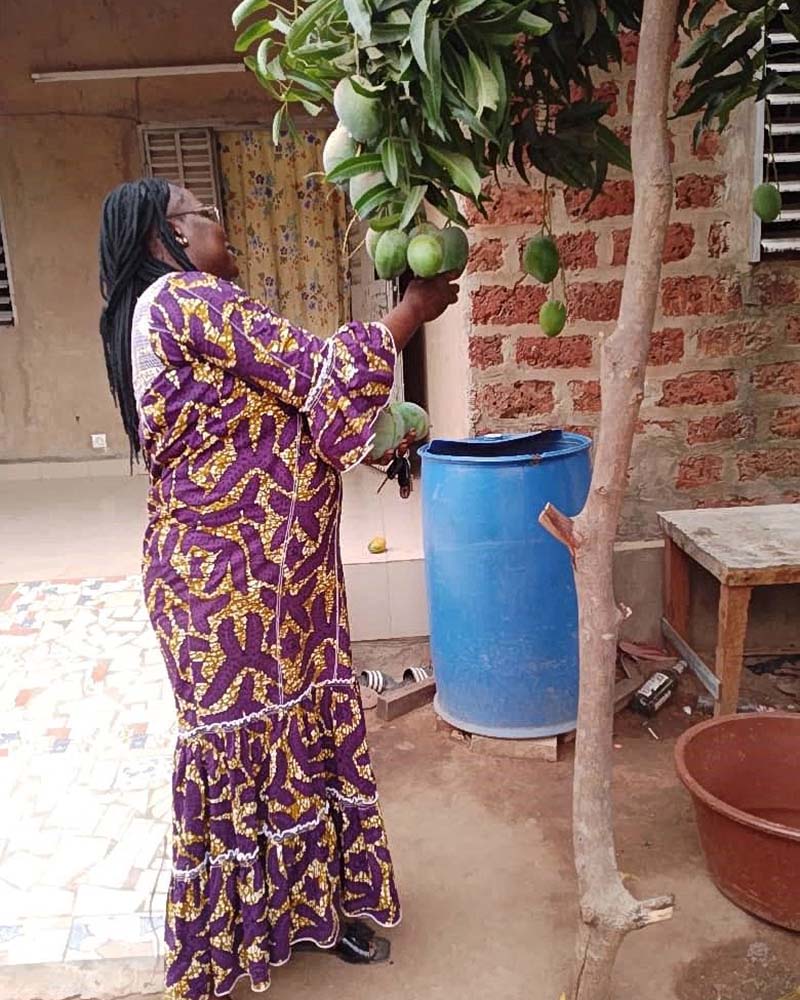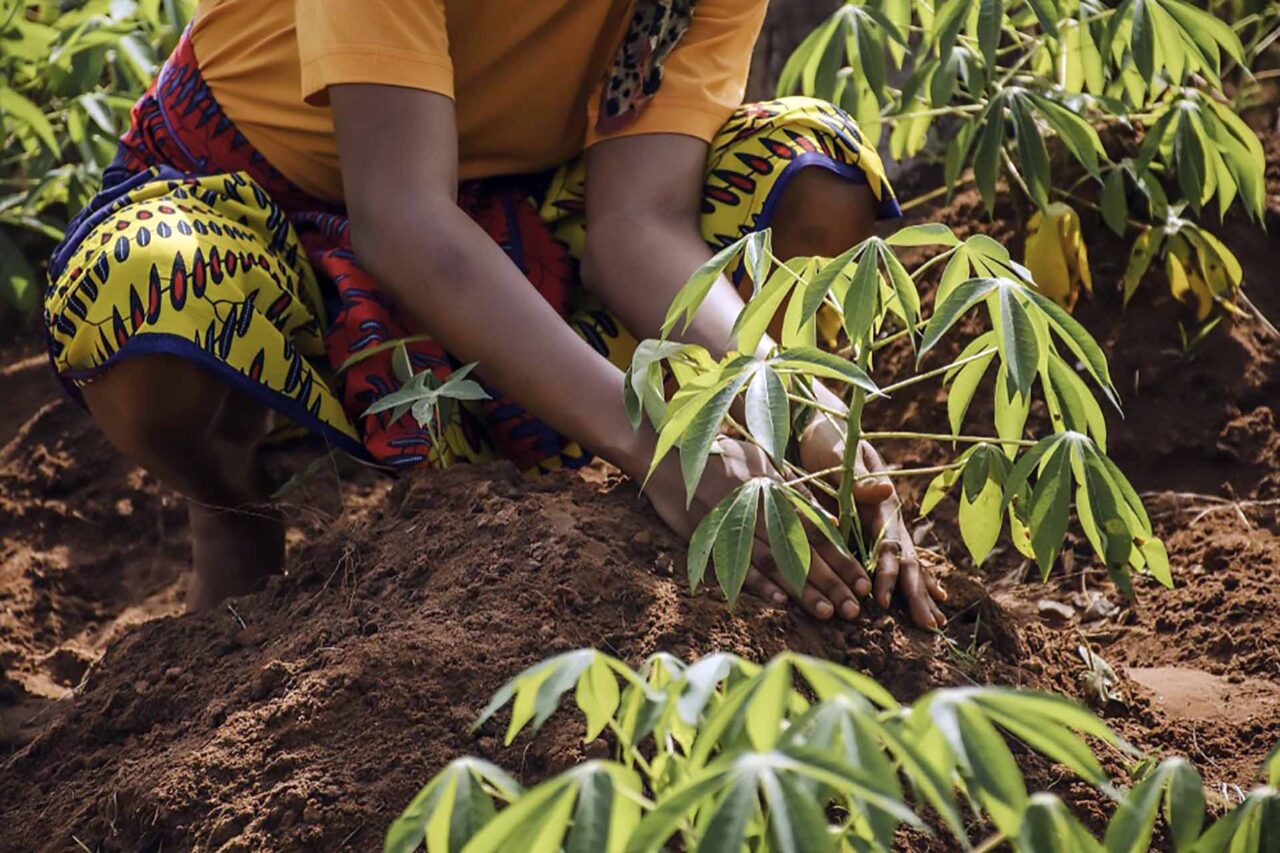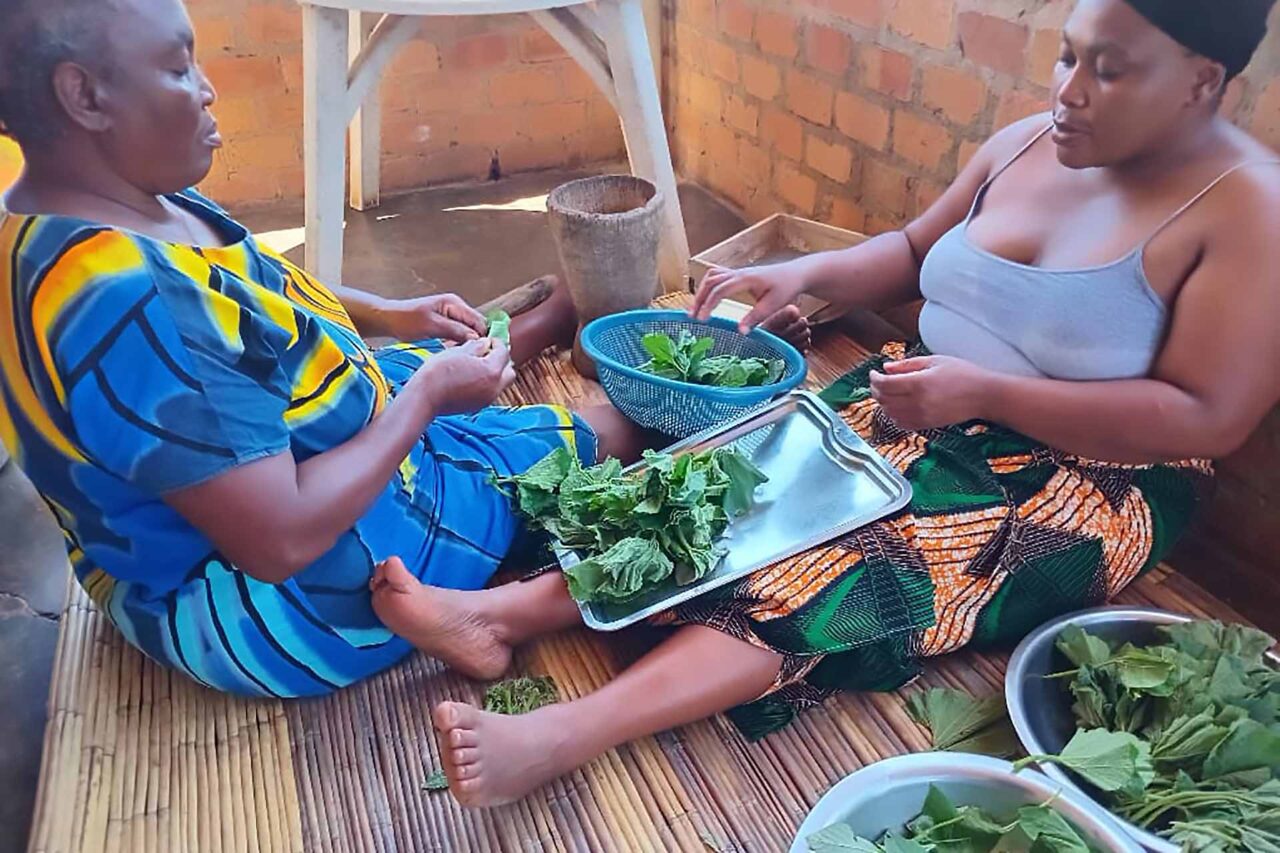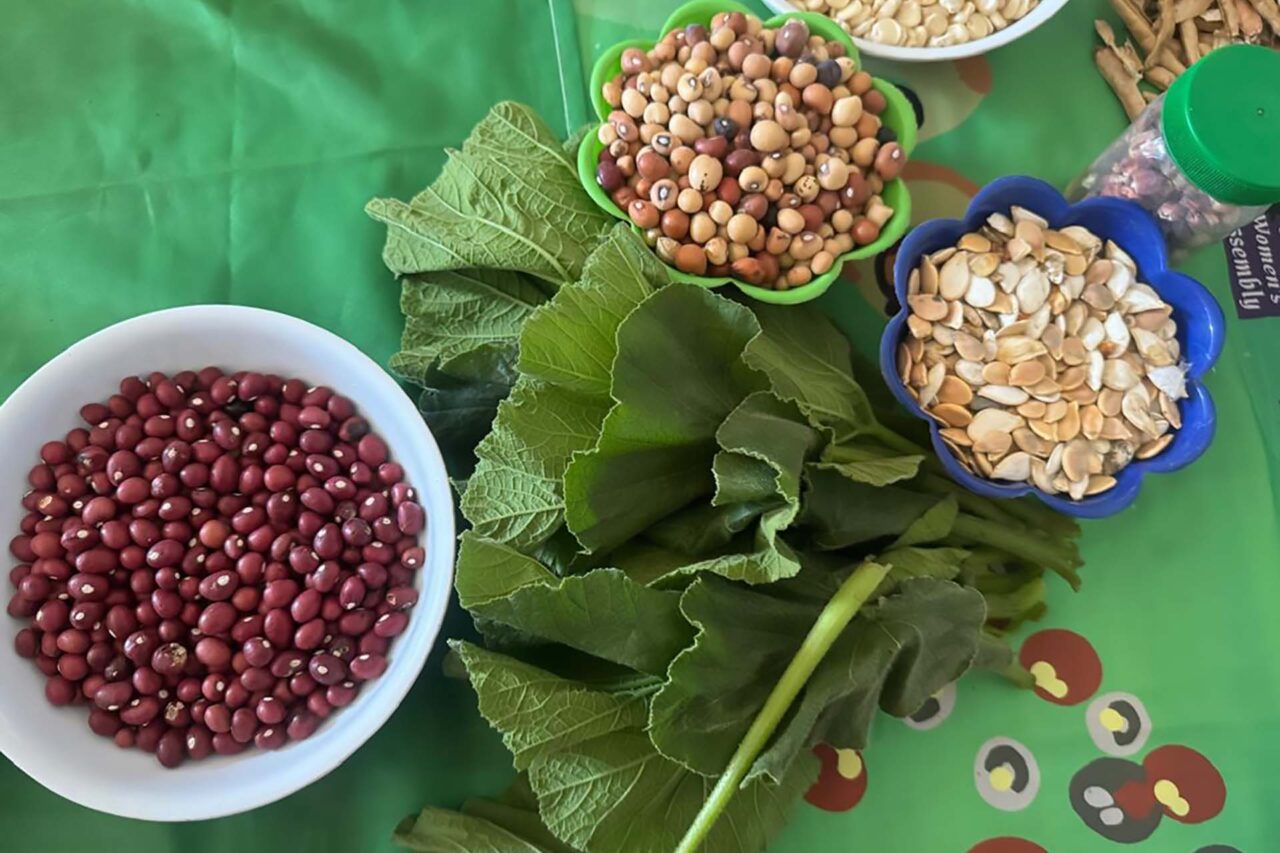In the heart of the warm lands of Burkina Faso, women farmers work daily to feed their families and communities. This report highlights their efforts in agricultural production and processing.
Burkina Faso
Photo Report on the NAFI Project
Introduction
Target Region
Our journey focused on the Cascades region, including the villages of Tarfila, Tiékouna, Nafona, Tangora, Nianiagara and Takaledougou, where the NAFI project is being implemented.
Ploughing
Women farmers plough their fields with the help of oxen or a “daba”.


Seedlings
A farmer sows cowpea in imaginary vertical lines.

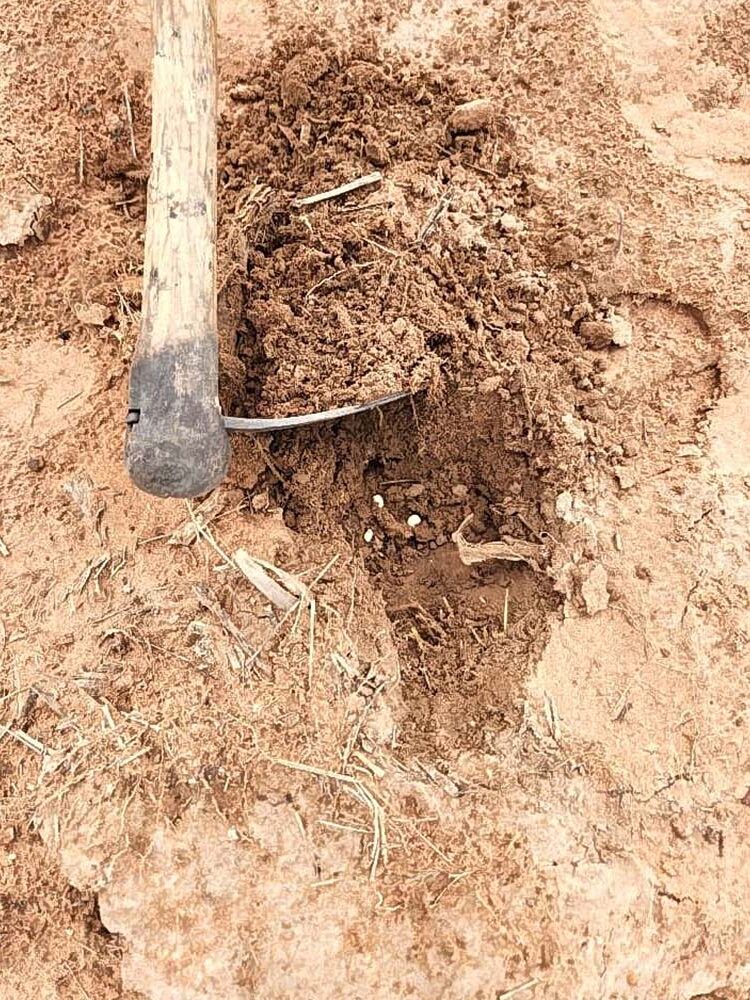
Weeding
A farmer removes weeds to improve yield.

Drying
A farmer dries cowpea to prevent grain spoilage.

Beating
A farmer and her children beat cowpea with sticks.

Winnowing
Winnowing separates the grains from impurities before storage.


Finished Product
Cowpea ready to be used or sold.
Green Gold
Okra in the fields of Banfora
A farmer sows okra seeds. Okra, rich in fibre and vitamins, is an essential crop for digestive health and daily energy for families.
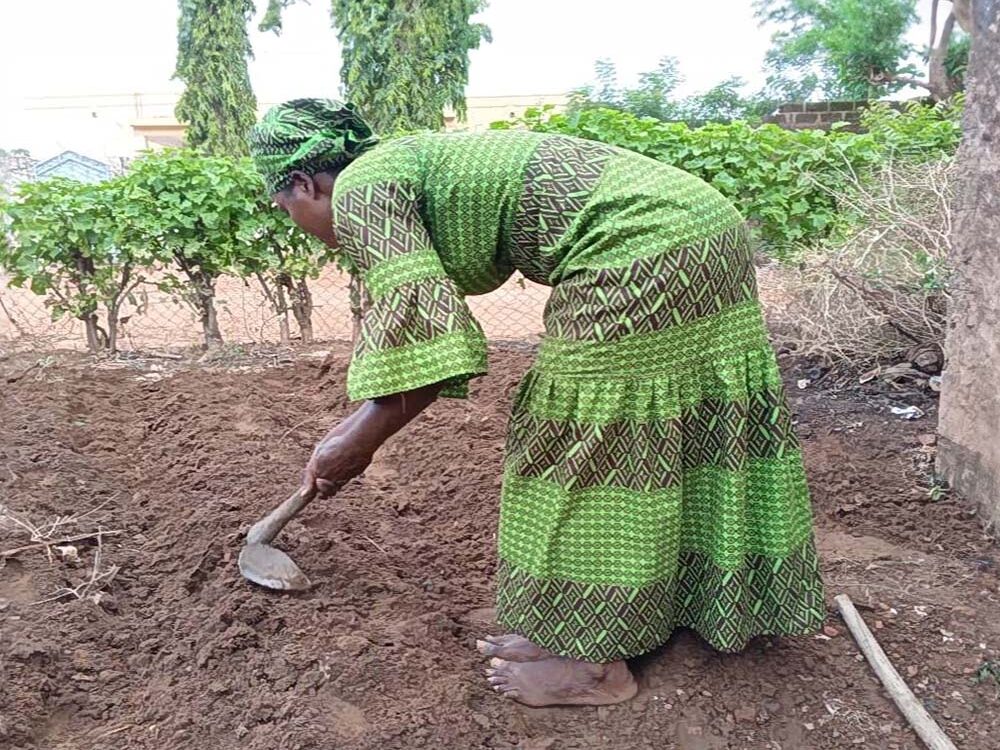

Amaranth
A miracle leaf
A young girl freshly harvests amaranth leaves for cooking. This plant is a key food for young children due to its vitamins A, C and K contents.
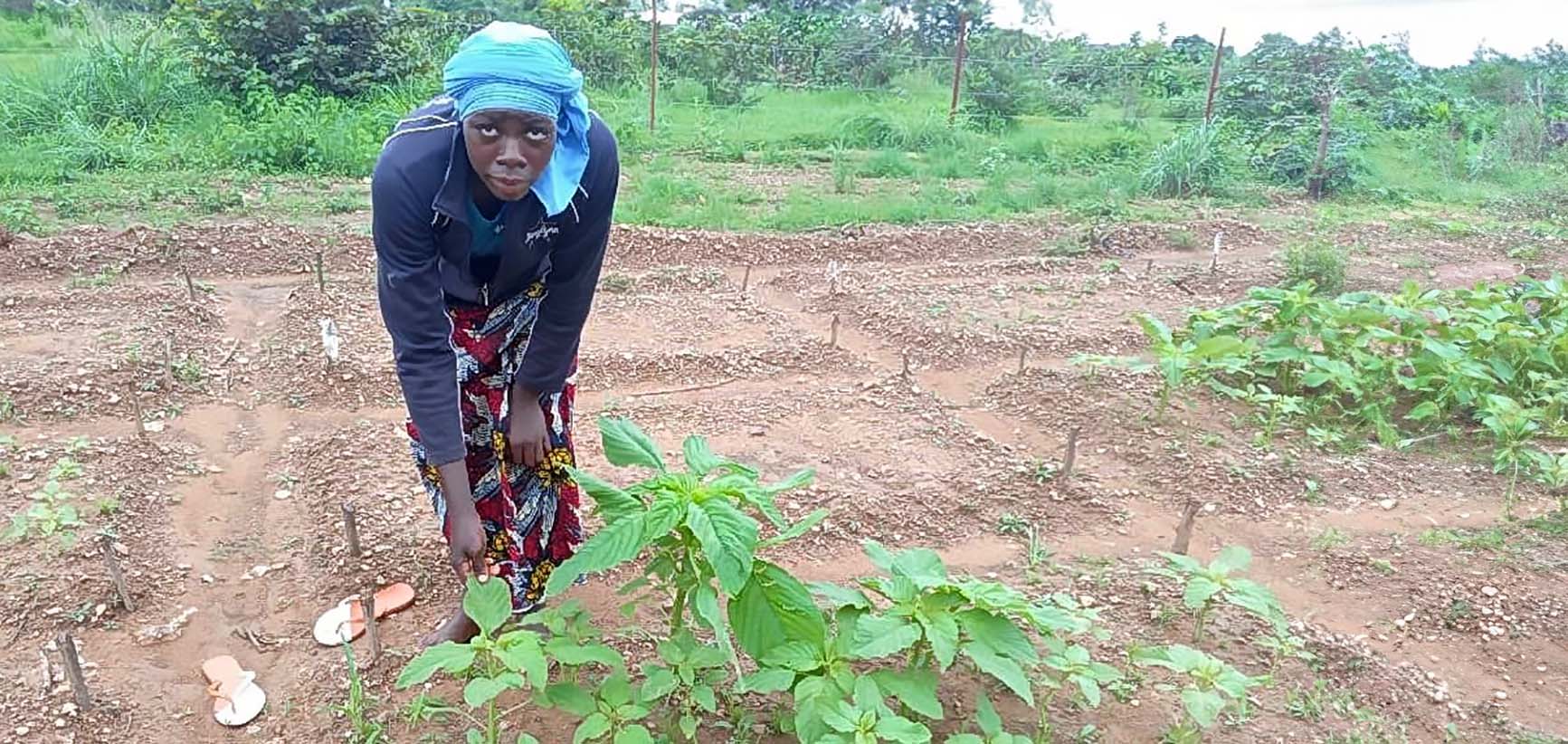
Millet
A cereal of resilience
On a traditional stove, a woman prepares millet “tô” for consumption. Adapted to arid climatic conditions, millet is a sustainable source of carbohydrates and minerals.


Conclusion
These photos tell the stories of dedication of women farmers in Burkina Faso. They play a key role in food self-sufficiency and local development. The NAFI project aims to strengthen their knowledge and impact in agriculture.
